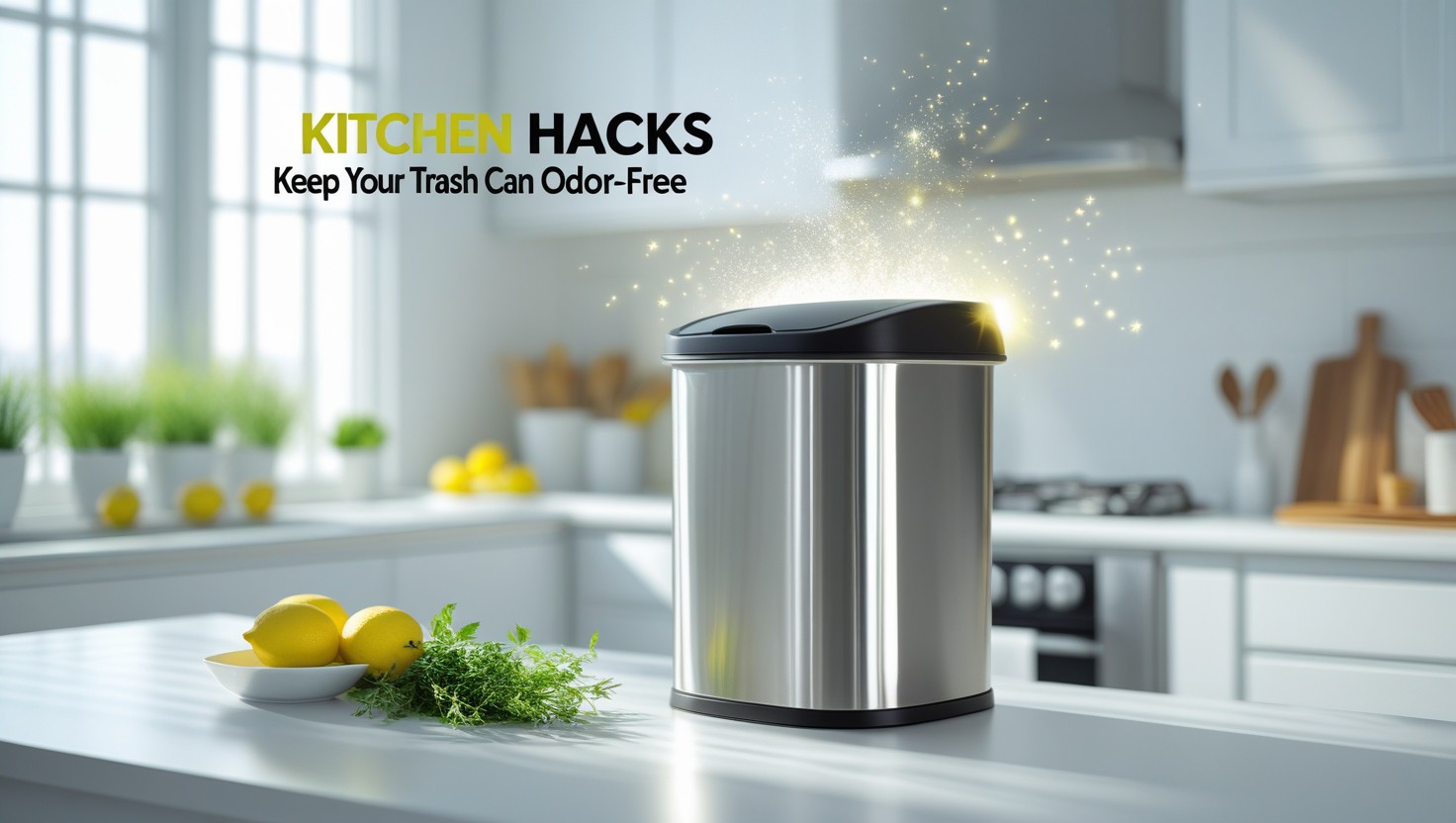
Let’s be honest: nothing kills the vibe of a clean kitchen faster than a stinky trash can. You might wipe down your counters, mop the floor, even light a fancy candle—but if your trash can smells bad, it’s the only thing you’ll notice. I’ve dealt with this more times than I’d like to admit, and through trial and error, I’ve learned that keeping a kitchen trash can odor-free isn’t just about throwing things out—it’s about creating a system.
Below, I’ll share my real-world experience and the hacks that have actually worked to keep my kitchen smelling fresh.
Why Kitchen Trash Can Odors Happen in the First Place
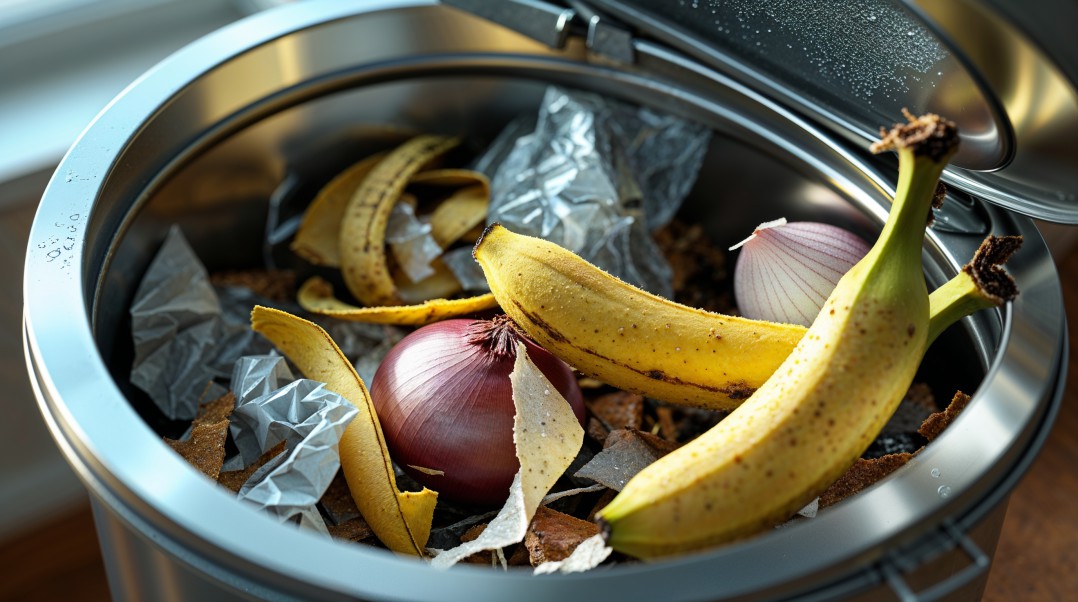
Most of us assume it’s just “trash being trash,” but odors have very specific culprits. Food scraps, moisture, and bacteria work together like a little stink factory. Add in warm temperatures, and you’ve basically created the perfect environment for smells to thrive.
For me, the biggest offenders are onion skins, chicken packaging, and forgotten leftovers. Even when the can looks “empty,” there’s often residue at the bottom that keeps releasing bad odors.
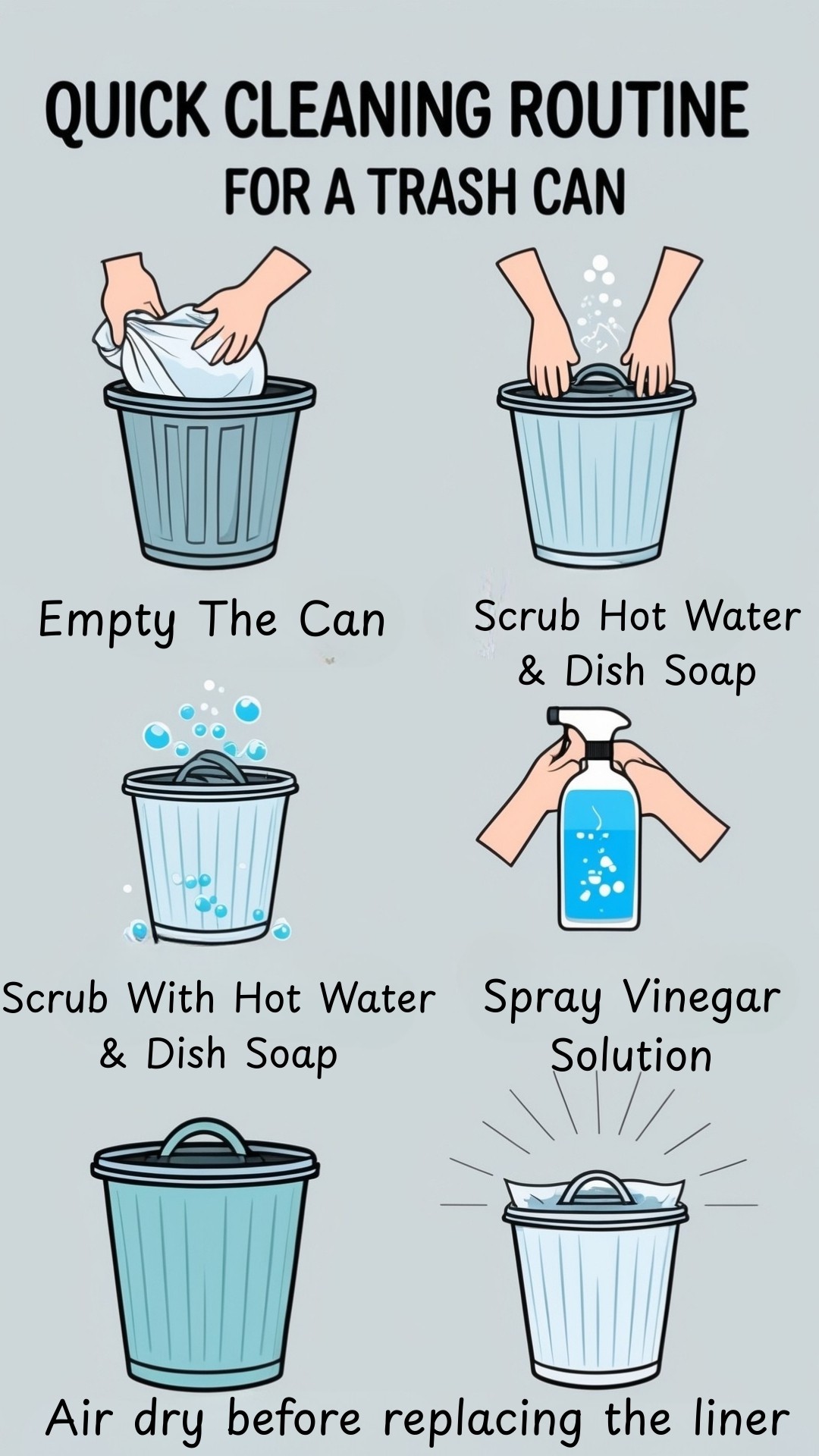
Step 1: Start With the Right Trash Can
The kind of trash can you use matters more than you’d think. I used to have a simple open-top bin, but it was basically an open invitation for smells to escape. Switching to a lidded, stainless steel trash can with a foot pedal was a game changer.
A lid contains the odors, and stainless steel doesn’t absorb smells like plastic does. If you cook a lot, look for a trash can with a tight-sealing lid or even a built-in charcoal filter. These features may sound fancy, but they really do extend the time your trash can stays fresh.
Step 2: Use Liners Wisely
I’ll admit—I used to think all trash bags were the same. Wrong. Thin bags tear easily, letting liquids leak to the bottom of the can. And once that happens, you’re in for a smelly nightmare.
Heavy-duty, drawstring liners are worth the extra cost. I also double-bag when I know something particularly messy (like raw meat packaging) is going in. It’s an easy way to prevent future regret.
Step 3: Make Cleaning a Habit
Here’s the truth: even the best liners leak sometimes. That’s why one of the most effective ways to clean a smelly trash can is to treat the can itself like a dish. Once a week, I take mine outside, spray it down with dish soap and hot water, and give it a good scrub.
If I notice odors between washes, a quick spray of vinegar and water does the trick. Vinegar neutralizes odors instead of just masking them.
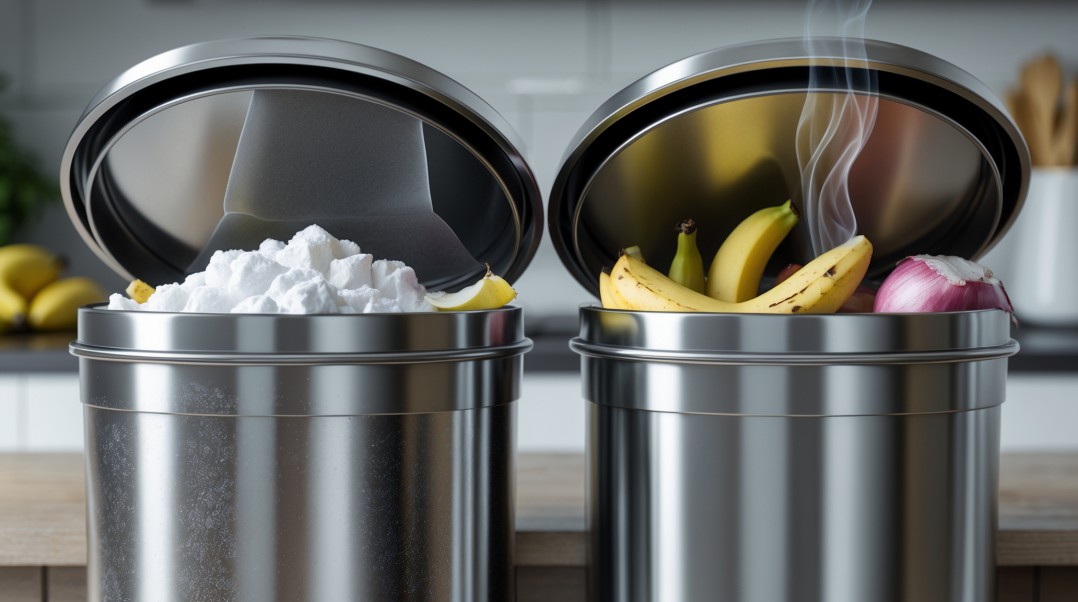
Step 4: DIY Trash Can Deodorizers That Actually Work
This is where things get interesting. Over the years, I’ve experimented with DIY trash can deodorizers. Some were overhyped, but a few really worked:
- Baking soda: Sprinkling a thin layer at the bottom absorbs odors before they start.
- Charcoal briquettes: Believe it or not, these soak up smells like magic. Just wrap one in paper and drop it in the can.
- Dryer sheets: Tossing one in with the bag gives a light, fresh scent (but it’s more of a cover-up than a true fix).
The baking soda trick has become my go-to—it’s cheap, easy, and actually helps get rid of garbage can smell instead of just hiding it.
Step 5: Be Strategic With What You Toss
This one is more about habit than hacks. Certain foods—fish bones, spoiled leftovers, dairy—are odor bombs. I’ve learned to wrap these in old newspaper or seal them in a small plastic bag before throwing them out. If possible, I even take them straight to the outdoor bin.
It may feel like extra effort, but trust me, it beats waking up to a kitchen that smells like rotten fish.
Step 6: Keep Moisture Out
Moisture is a big driver of smell. If liquids pool at the bottom of the bag, you’ve got bacteria multiplying in real time. One hack I swear by is placing a few sheets of old newspaper or paper towels at the bottom of the liner—they soak up any leaks before they cause a problem.
I’ve also heard of people using kitty litter for the same purpose, but newspaper feels easier and more natural for my routine.
Step 7: Don’t Forget the Area Around the Trash Can
Sometimes it’s not even the trash can itself—it’s the floor or wall around it. Spills, crumbs, or drips can create hidden sources of odor. Every couple of days, I take a disinfectant wipe and clean the area around the can. It takes less than a minute but makes a surprising difference.
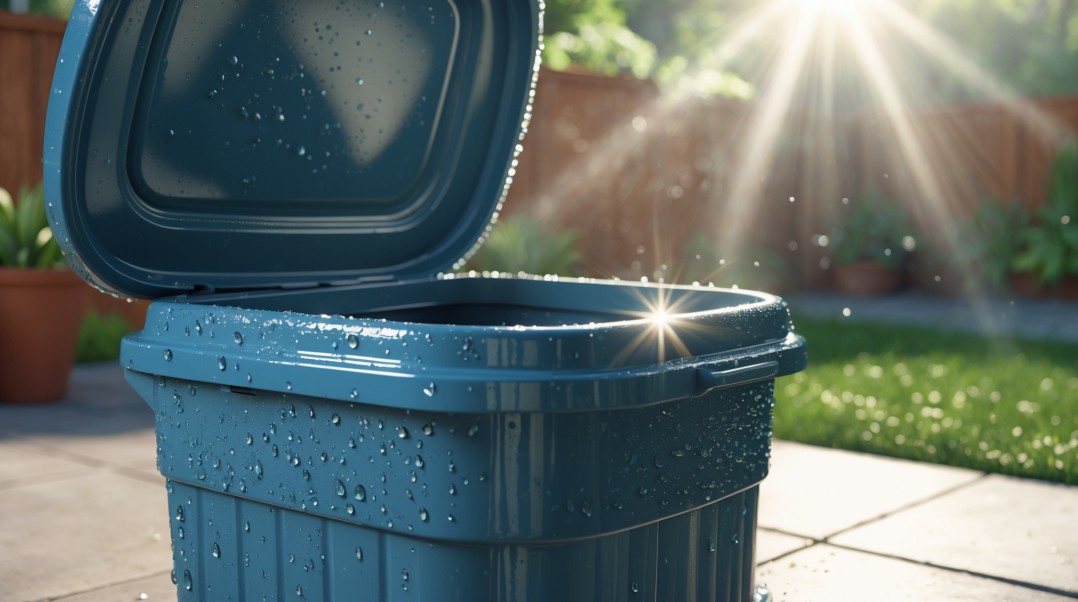
When Things Get Really Bad
There are times when no hack seems to help—like after a big family cookout or when I forget to take the trash out on time. In those cases, I rely on two last-resort fixes:
- Air it out: After scrubbing, I leave the can outside in direct sunlight. UV rays naturally kill bacteria and freshen things up.
- Replace the can: If your trash can is old and permanently stained, sometimes it’s just time to invest in a new one. Plastic especially tends to hold on to smells over time.
Kitchen Garbage Can Hacks Worth Remembering
Here are the small, practical tweaks that really work:
- Sprinkle baking soda or use charcoal as a natural deodorizer.
- Double-bag messy trash to prevent leaks.
- Rinse meat packaging before tossing it.
- Clean the can weekly with soap and vinegar spray.
- Keep moisture under control with newspaper or paper towels at the bottom.
These are the kind of daily, realistic strategies that keep your kitchen smelling like food you want to eat—not like food that’s gone bad.
Final Thoughts
Keeping a kitchen trash can odor-free isn’t about one big hack—it’s about small habits that add up. From choosing the right bin to creating your own DIY trash can deodorizer, you can easily stay ahead of the smells. I’ve learned the hard way that ignoring it only makes things worse. But with the right routine, you’ll never have to walk into your kitchen and wrinkle your nose again.
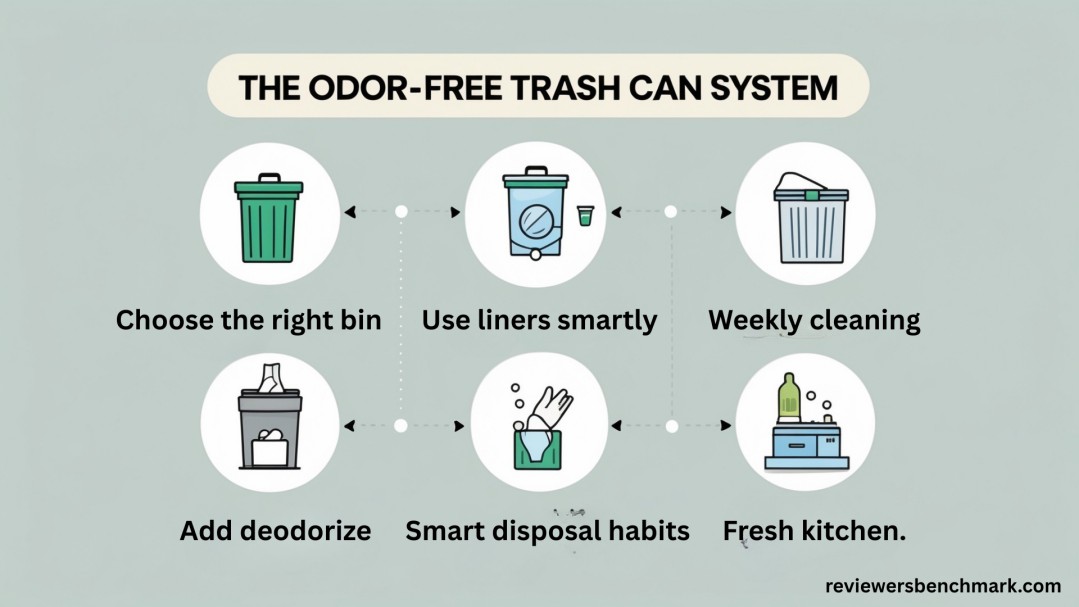
The next time you wonder how to prevent trash smell, remember: it’s not just about the trash—it’s about the system around it. Build that system, and your kitchen will thank you.
Leave a Reply